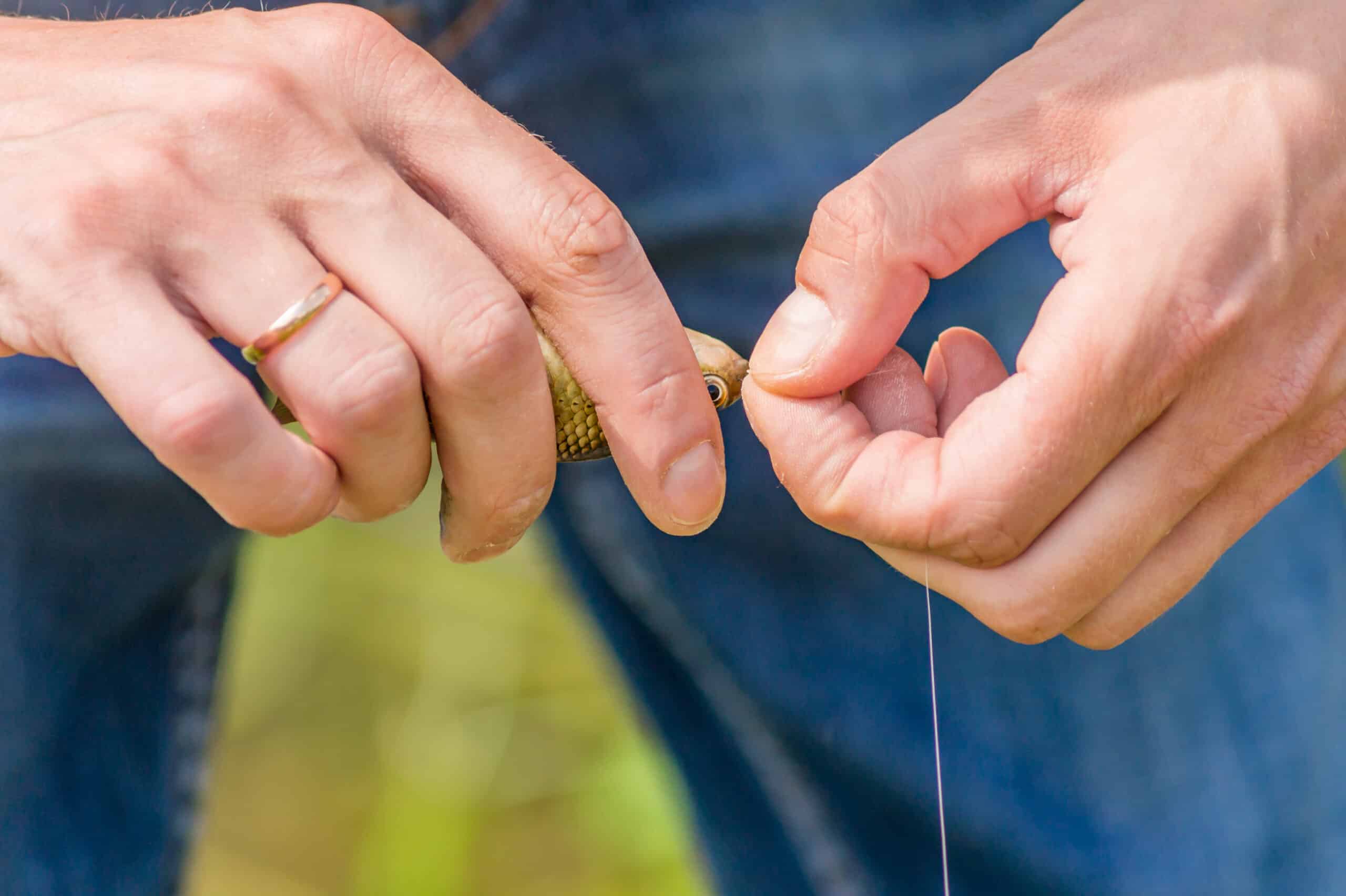How to Tie a Fishing Knot?
Key Takeaways
- The ability to tie a strong and reliable fishing knot is crucial for every angler.
- The Clinch Knot is recommended as the best fishing knot for beginners.
- NetKnots.com offers a comprehensive resource with step-by-step instructions and videos for over 60 fishing knots.
When it comes to fishing, one of the most crucial skills every angler should possess is the ability to tie a strong and reliable fishing knot. A properly tied knot can mean the difference between landing a trophy fish or losing it. In this article, we will explore different fishing knots and provide step-by-step instructions on how to tie them.
The Clinch Knot: Perfect for Beginners
For beginners, the Clinch Knot is often recommended as the best fishing knot to start with. It is simple to tie and offers good strength and reliability. The Clinch Knot is primarily used to attach the fishing line to the hook, lure, or swivel. Here’s how to tie it:
- Pass the end of the fishing line through the eye of the hook.
- Double back and make 5 to 7 turns around the main line.
- Pass the end of the line through the small loop that has been created just above the eye of the hook.
- Moisten the knot and pull the tag end and the main line simultaneously to tighten the knot.
- Trim any excess line.
Practice tying the Clinch Knot until you can do it with ease. It will serve you well in many fishing situations.
Other Essential Fishing Knots
While the Clinch Knot is a great knot to start with, it’s essential to have a repertoire of other fishing knots in your arsenal. Here are a few more knots that every angler should know:
Pitzen Knot
The Pitzen Knot is an extremely strong and reliable knot that is perfect for connecting the main line to the leader. It works well with both monofilament and fluorocarbon lines.
Improved Loop Knot
The Improved Loop Knot is often used for attaching lures and flies. It provides excellent freedom of movement, allowing the bait to swim or move more naturally in the water.
Orvis Tippet Knot
The Orvis Tippet Knot is commonly used in fly fishing to attach the tippet to the leader. It is a strong and easy-to-tie knot that maintains good line strength.
Double Uni Knot
The Double Uni Knot is a versatile knot that can be used to connect two lines of similar or different diameters. It is commonly used for joining fluorocarbon or monofilament lines to braided lines.
FG Knot
The FG Knot is a popular knot among saltwater anglers. It is known for its excellent strength and slim profile, which allows it to pass smoothly through rod guides.
Arbor Knot
The Arbor Knot is used to attach the fishing line to the reel’s spool. It is a simple and reliable knot that ensures a secure connection.
Nail Knot
The Nail Knot is primarily used to connect the leader to the fly line in fly fishing. It creates a strong and smooth connection between the two lines.
These are just a few examples of essential fishing knots. It’s always a good idea to explore and practice different knots to find the ones that work best for your fishing style and preferences.
NetKnots.com: A Comprehensive Resource
If you’re looking for more in-depth guides on tying fishing knots, NetKnots.com is an excellent resource. They offer step-by-step instructions and videos for over 60 fishing knots, making it the most extensive collection available online. They cover various categories of fishing knots, including line to line knots, loop knots, terminal connections, beginner fishing knots, fly fishing knots, saltwater fishing knots, and tenkara knots.
While the article from NetKnots.com does not provide a direct comparison of different fishing knots, it offers a wealth of information to help anglers learn and master the art of knot tying.
Related Websites:
FAQs:
Q: Why is it important to use the right fishing knot?
Using the right fishing knot ensures a strong and reliable connection between your fishing line and hook. Different fishing situations require different knots, and using the wrong knot can result in lost fish or broken lines.
Q: What are some commonly used fishing knots?
Some commonly used fishing knots include the improved clinch knot, palomar knot, and uni knot. These knots are versatile, easy to tie, and provide secure connections between your fishing line and hook.
Q: What are some tips for tying fishing knots?
To tie fishing knots more efficiently, lubricate the knot with saliva or water before tightening. Avoid common mistakes like not fully tightening the knot or using insufficient tension. Additionally, explore alternative variations of the main fishing knot to find the one that suits you best.
Q: Why is practicing and testing fishing knots important?
Practicing tying fishing knots helps improve your skills and confidence. Testing different knots with various fishing lines and hooks allows you to determine their strength and effectiveness. Regularly checking and retying knots while fishing ensures they remain strong and secure.
Q: What should I remember about tying fishing knots?
Remember to select the appropriate knot based on your fishing line and hook. Follow a step-by-step guide, maintaining tension and tightening the knot properly for optimal strength. Always explore and learn about different fishing knots to expand your knowledge.






